The Annapurna Circuit Trek on the west side of the Thorung La passes through a region known as Mustang, populated by a ethnic group known as Thakalis whose ancestors came from Tibet. Mustang was once a kingdom/nation separate from Nepal. The Annapurna Circuit goes through Lower Mustang; Upper Mustang, the region north of Kagbeni to Lo Monthang and the Chinese border was completely off limits to foreigners until the early 1990s and still requires a
$500 permit and guided expedition to visit
. Mustang is thoroughly in the rain shadow of the Annapurna and Dhaulagiri massifs of the main Himalaya range, so is very arid in the valleys despite the brilliant glacier-covered peaks all around.I had a relaxed morning and late start out of Muktinath, a
town near the top of a side valley from the Kali Gandaki at the base of the
trail down from the pass that has a Hindu temple full of ascetic holy men that’s
a significant pilgrimage site. The way down the valley was mostly along a dusty
road traveled by numerous Jeeps carrying Indian pilgrims with some steep trails
avoiding the road’s switchbacks as it dropped into Kagbeni. Yes, Jeeps – there’s
now an unpaved road all the way up the Kali Gandaki Valley to Muktinath. The
villages along the way – Jharkot and Khingsar – seemed fairly empty. I found a
nice $2/night guesthouse with private bath in Kagbeni, had a yak burger for lunch
at YakDonalds, and went out to explore the town, the farthest you can go into Upper Mustang without a special permit. Kagbeni was one of the most interesting towns along the route despite not having any notable sights
. The village is very crowded with many of the pedestrian streets essentially becoming tunnels for significant distances with dwellings built over them. Especially photogenic is the statue of a pre-Buddhist (would that be Bon religion? I’m not sure) protector deity with an erect phallus in one of the town’s courtyards.The route from Kagbeni to Jomsom and onwards to Marpha is
mostly on the river’s nearly level gravel plain through bleak treeless
surroundings. I walked the several hours to Jomsom first thing in the morning
to take advantage of cooler morning hours and avoid the ferocious winds which
blow up the valley in the afternoon. Jomsom is valley’s unattractive modern
main town with an airstrip with several daily flights to Pokhara. Nowadays many
people end their Annapurna Circuit treks in Jomsom, potentially shortening the
trek to as little as 8 or 9 days. I continued on to Marpha for the night.Jomsom has an Internet café with a very fast connection,
which was godsend. On the other hand, though, I was hoping to use one of the
town’s two ATMs. My cash situation wasn’t dire and adequate to get me to
Pokhara on the regular route, but with much time to spare I was considering
extending the trek with a 5 or 6 day trip to Annapurna Base Camp. Those plans
were nixed when neither ATM accepted my card. Oh well, I’ll have walked aplenty
by then.
Annapurna Trek VIII - Upper Kali Gandaki Valley
Tuesday, April 22, 2014
 Jomsom, Western Region, Nepal
Jomsom, Western Region, Nepal
Other Entries
-
63Dambulla - Buddhist Mountaintop Cave Temples
Mar 1934 days prior Dambulla, Sri Lankaphoto_camera29videocam 0comment 0
Dambulla, Sri Lankaphoto_camera29videocam 0comment 0 -
64Polonnaruwa - Anicent Ruins & Elephant Safari
Mar 2033 days prior Polonnaruwa, Sri Lankaphoto_camera46videocam 0comment 0
Polonnaruwa, Sri Lankaphoto_camera46videocam 0comment 0 -
65Sigiriya - Sri Lanka's Rock Top Fortress
Mar 2132 days prior Sigiriya, Sri Lankaphoto_camera25videocam 0comment 0
Sigiriya, Sri Lankaphoto_camera25videocam 0comment 0 -
66Kandy - Sri Lankan Cultural Capital
Mar 2231 days prior Kandy, Sri Lankaphoto_camera74videocam 0comment 0
Kandy, Sri Lankaphoto_camera74videocam 0comment 0 -
67Adams Peak - Where Adam Landed on Earth
Mar 2429 days prior Hatton, Sri Lankaphoto_camera33videocam 0comment 0
Hatton, Sri Lankaphoto_camera33videocam 0comment 0 -
68Sri Lanka Central Highlands - Tea Country
Mar 2528 days prior Bandarawela, Sri Lankaphoto_camera64videocam 0comment 0
Bandarawela, Sri Lankaphoto_camera64videocam 0comment 0 -
69Sri Lanka's South Coast - Colonial Galle & Beaches
Mar 2726 days prior Galle, Sri Lankaphoto_camera57videocam 0comment 0
Galle, Sri Lankaphoto_camera57videocam 0comment 0 -
70Colombo - Sri Lanka's Capital
Mar 2924 days prior Colombo, Sri Lankaphoto_camera36videocam 0comment 0
Colombo, Sri Lankaphoto_camera36videocam 0comment 0 -
71Male - Tiny Capital of the Maldives
Mar 3023 days prior Male, Maldivesphoto_camera62videocam 0comment 0
Male, Maldivesphoto_camera62videocam 0comment 0 -
72Maldives - Crusing Through Paradise on a Dhoni
Apr 0517 days prior Felidhoo, Maldivesphoto_camera99videocam 0comment 0
Felidhoo, Maldivesphoto_camera99videocam 0comment 0 -
73Annapurna Trek I - Lower Marshyangdi River Valley
Apr 1111 days prior Bahundanda, Nepalphoto_camera86videocam 0comment 0
Bahundanda, Nepalphoto_camera86videocam 0comment 0 -
74Annapurna Trek II - Long Day to Chame
Apr 139 days prior Chame , Nepalphoto_camera43videocam 0comment 0
Chame , Nepalphoto_camera43videocam 0comment 0 -
75Annapurna Trek III - Medieval Upper Pisang
Apr 148 days prior Upper Pisang, Nepalphoto_camera102videocam 0comment 0
Upper Pisang, Nepalphoto_camera102videocam 0comment 0 -
76Annapurna Trek IV - High Road to Manang
Apr 157 days prior Manang, Nepalphoto_camera155videocam 0comment 0
Manang, Nepalphoto_camera155videocam 0comment 0 -
77Annapurna Trek V - Acclimatization Around Manang
Apr 175 days prior Manang, Nepalphoto_camera110videocam 0comment 0
Manang, Nepalphoto_camera110videocam 0comment 0 -
78Annapurna Trek VI - Towards the Thorung La
Apr 193 days prior Manang, Nepalphoto_camera84videocam 0comment 0
Manang, Nepalphoto_camera84videocam 0comment 0 -
79Annapurna Trek VII - Crossing the Thorung La
Apr 202 days prior Muktinath, Nepalphoto_camera93videocam 0comment 0
Muktinath, Nepalphoto_camera93videocam 0comment 0 -
80Annapurna Trek VIII - Upper Kali Gandaki Valley
Apr 22 Jomsom, Nepalphoto_camera98videocam 0comment 0
Jomsom, Nepalphoto_camera98videocam 0comment 0 -
81Annapurna Trek IX - Lower Kali Gandaki Valley
Apr 242 days later Tatopani, Nepalphoto_camera88videocam 0comment 0
Tatopani, Nepalphoto_camera88videocam 0comment 0 -
82Annapurna Trek X - Over Poon Hill
Apr 275 days later Ghorepani, Nepalphoto_camera59videocam 0comment 0
Ghorepani, Nepalphoto_camera59videocam 0comment 0 -
83Pokhara - Lakeside Trek Recovery
May 0210 days later Pokhara, Nepalphoto_camera41videocam 0comment 0
Pokhara, Nepalphoto_camera41videocam 0comment 0 -
84Last Resort - The Journey to Tibet Begins
May 1321 days later Kodari, Nepalphoto_camera31videocam 0comment 0
Kodari, Nepalphoto_camera31videocam 0comment 0 -
85Entering Tibet - Climbing to the Roof of the World
May 1725 days later Tingri, Chinaphoto_camera67videocam 0comment 0
Tingri, Chinaphoto_camera67videocam 0comment 0 -
86Everest Base Camp - Top of the World
May 1927 days later Everest Base Camp, Chinaphoto_camera70videocam 0comment 0
Everest Base Camp, Chinaphoto_camera70videocam 0comment 0 -
87To Everest Base Camp and Back
May 2028 days later Lhatse, Chinaphoto_camera61videocam 0comment 0
Lhatse, Chinaphoto_camera61videocam 0comment 0 -
88Shigatse - Monastery of the Panchen Lama
May 2230 days later Shigatse, Chinaphoto_camera120videocam 0comment 0
Shigatse, Chinaphoto_camera120videocam 0comment 0 -
89Gyangze - Hilltop Fortress and Monasteries
May 2331 days later Gyangze, Chinaphoto_camera62videocam 0comment 0
Gyangze, Chinaphoto_camera62videocam 0comment 0 -
90The Road to Lhasa
May 2432 days later Lungsang La, Chinaphoto_camera47videocam 0comment 0
Lungsang La, Chinaphoto_camera47videocam 0comment 0 -
91Lhasa - Capital of the Tibetan World
May 2533 days later Lhasa, Chinaphoto_camera128videocam 0comment 0
Lhasa, Chinaphoto_camera128videocam 0comment 0 -
92Lhasa Environs - Drepung and Sera Monasteries
May 2634 days later Lhasa, Chinaphoto_camera78videocam 0comment 0
Lhasa, Chinaphoto_camera78videocam 0comment 0 -
93Three Days Crossing the Roof of the World
May 2836 days later Amdo, Chinaphoto_camera90videocam 0comment 0
Amdo, Chinaphoto_camera90videocam 0comment 0 -
94Crossing Qinghai - The High Road to China
May 3139 days later Qinghai Hu, Chinaphoto_camera68videocam 0comment 0
Qinghai Hu, Chinaphoto_camera68videocam 0comment 0 -
95Lanzhou - Gigantic Capital of Gansu Province
Jun 0241 days later Lanzhou, Chinaphoto_camera75videocam 0comment 0
Lanzhou, Chinaphoto_camera75videocam 0comment 0 -
96Xiahe - Home of the Tibetan Labrang Monastery
Jun 0443 days later Xiahe, Chinaphoto_camera82videocam 0comment 0
Xiahe, Chinaphoto_camera82videocam 0comment 0 -
97Bingling Si - Ancient Buddhist Cave Art
Jun 0645 days later Liujiaxia, Chinaphoto_camera35videocam 0comment 0
Liujiaxia, Chinaphoto_camera35videocam 0comment 0 -
98The Road to Xian
Jun 0746 days later Pingliang, Chinaphoto_camera37videocam 0comment 0
Pingliang, Chinaphoto_camera37videocam 0comment 0

 Jomsom, Western Region, Nepal
Jomsom, Western Region, Nepal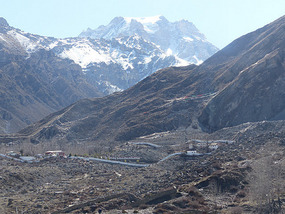





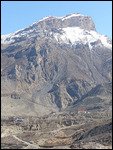
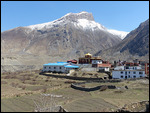
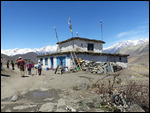
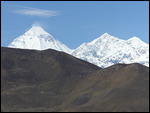
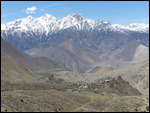

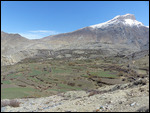
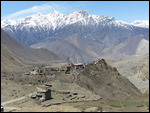
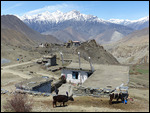
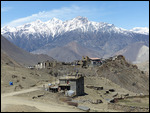
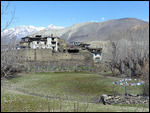
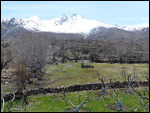
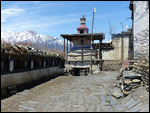
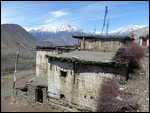
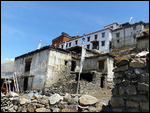
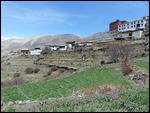
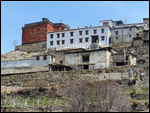
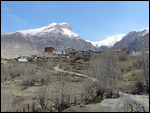
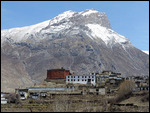
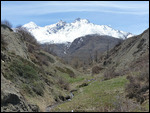
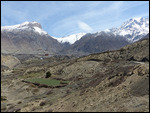

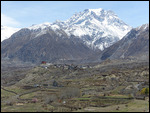
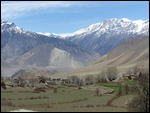
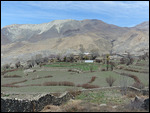
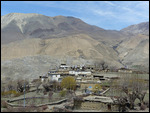
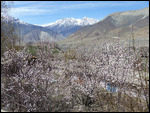
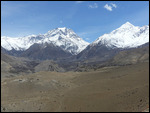
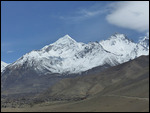
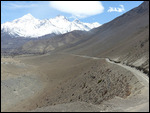
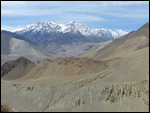
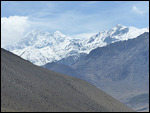
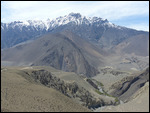
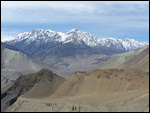
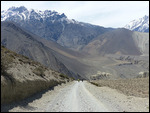
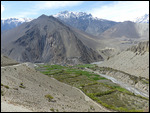
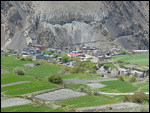
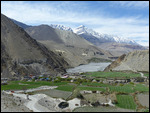
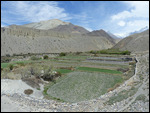
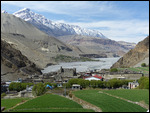
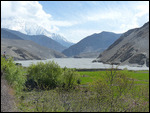
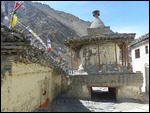

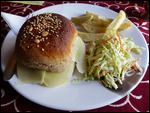
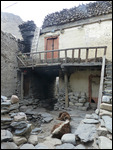
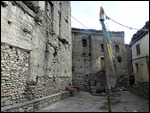
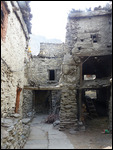
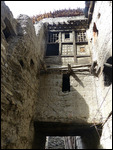
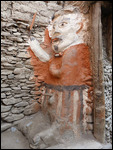
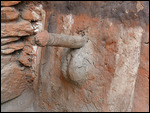
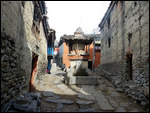
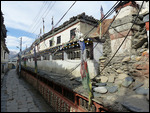
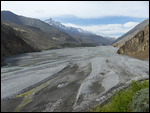
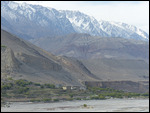
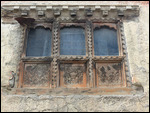
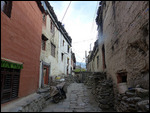
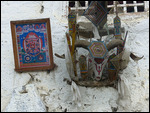


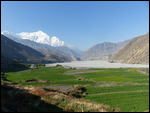
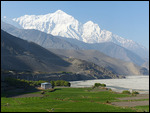
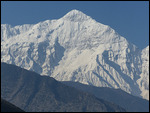
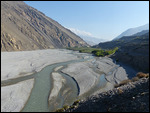
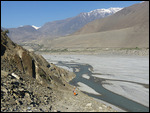
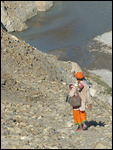
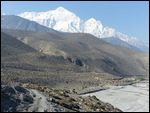
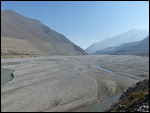
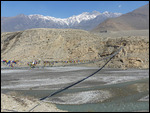
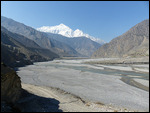

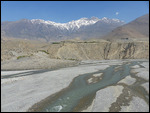
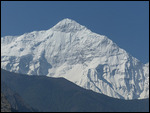
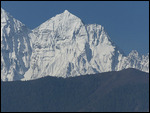
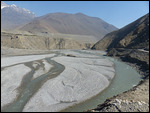
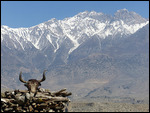
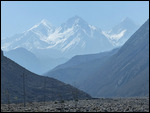
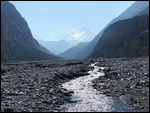
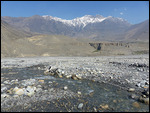
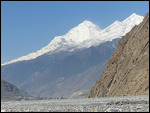
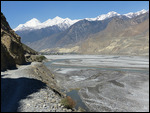
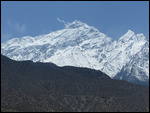
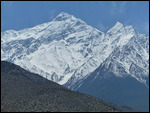
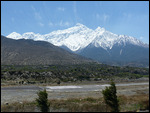
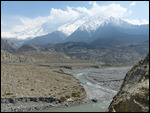
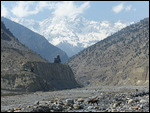
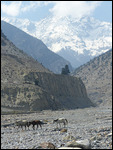
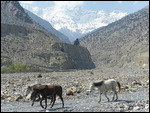
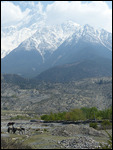
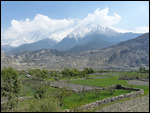
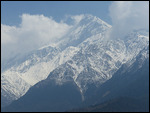
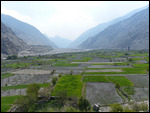
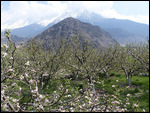
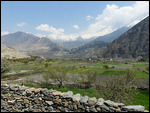
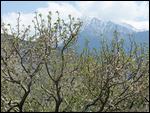
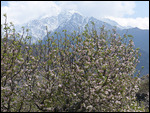
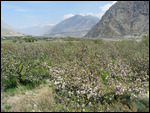
2025-05-22